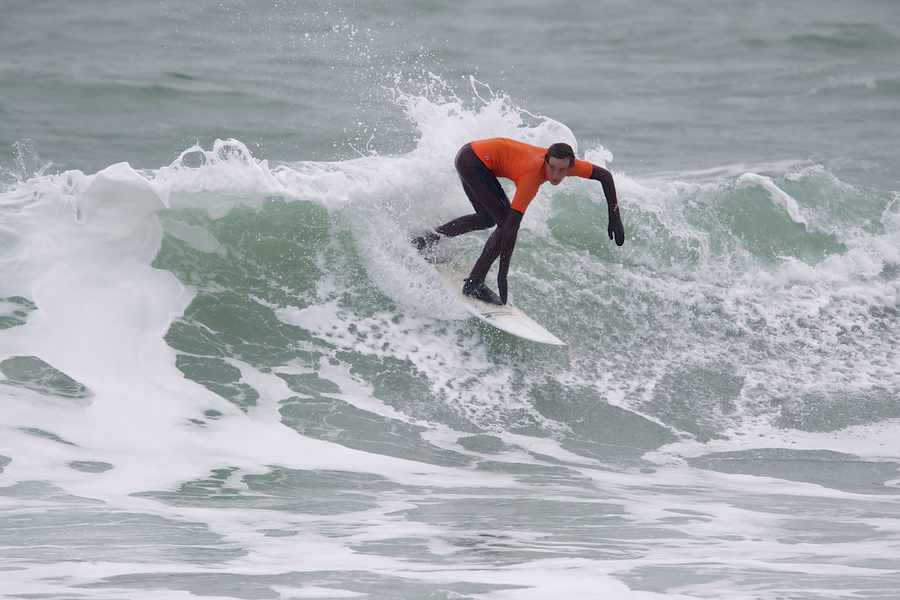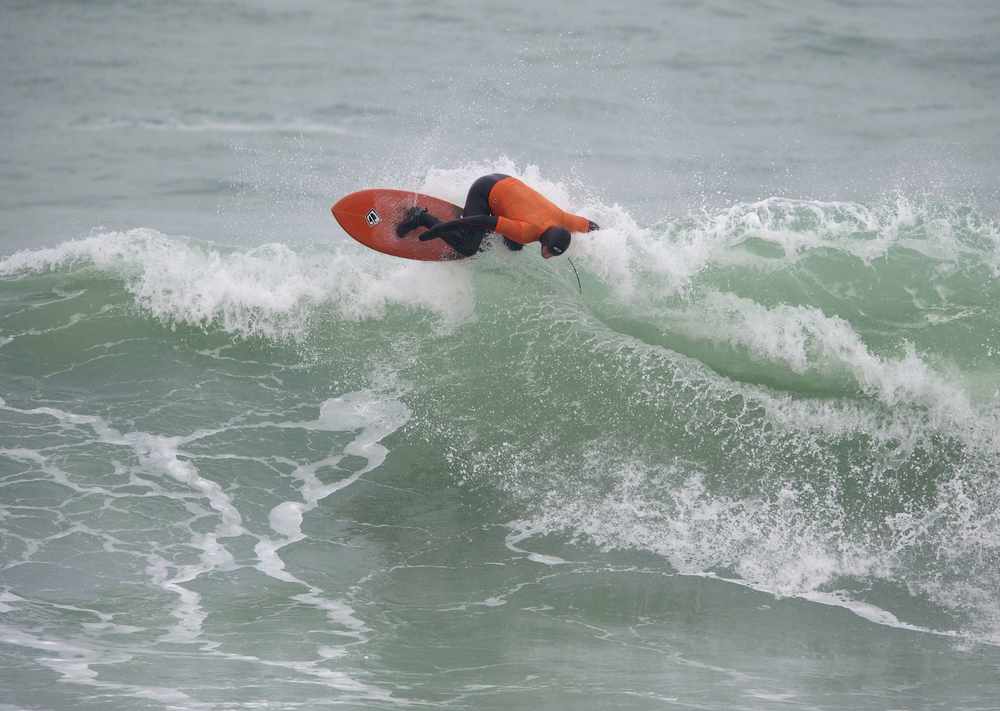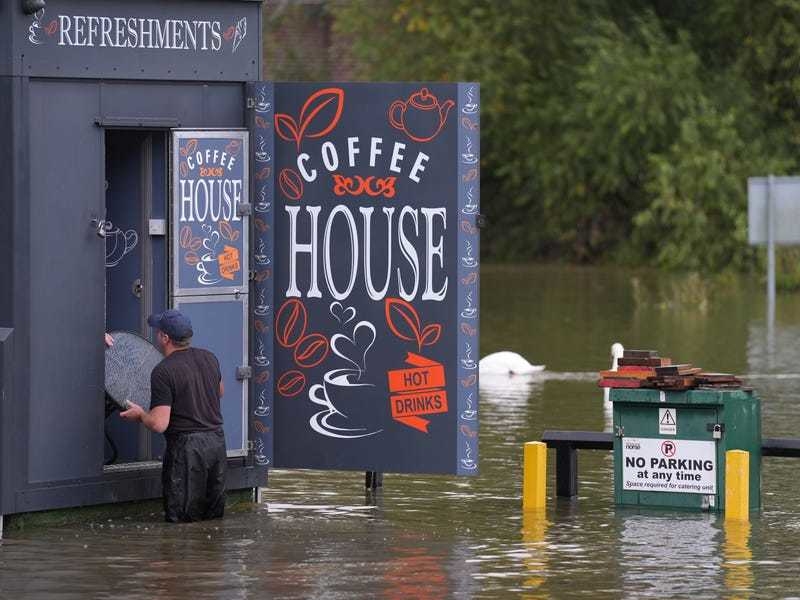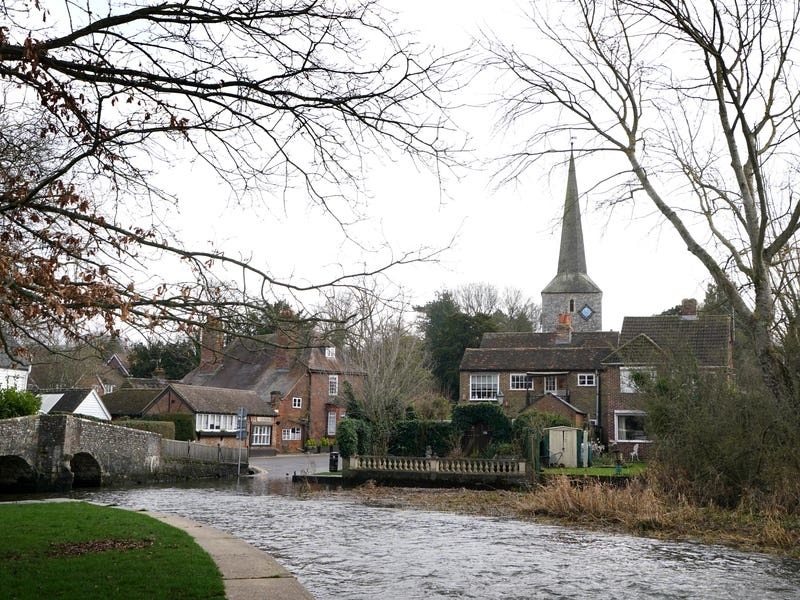- Surfer got into trouble on Saturday morning.
- 17-year-old paddle boarder towed him to safety.
- Rip tides – Read what causes them and watch video on how to stay safe below.
- Gallery: Images of UK coach Joel Gray in the Island this weekend to train Jersey Surfboard Club juniors
A TEENAGE paddle boarder towed an exhausted surfer caught up in a rip-tide to safety at the weekend – his second rescue in the space of two years.
Aaron Rowe sprang into action on Saturday morning after noticing that a surfer had got into trouble in St Ouen’s Bay.
He paddled out to the man and pulled the surfer, who was too tired to paddle back to the shore, to safety.
It was not the first time that the 17-year-old had rescued a surfer struggling at St Ouen’s Bay.
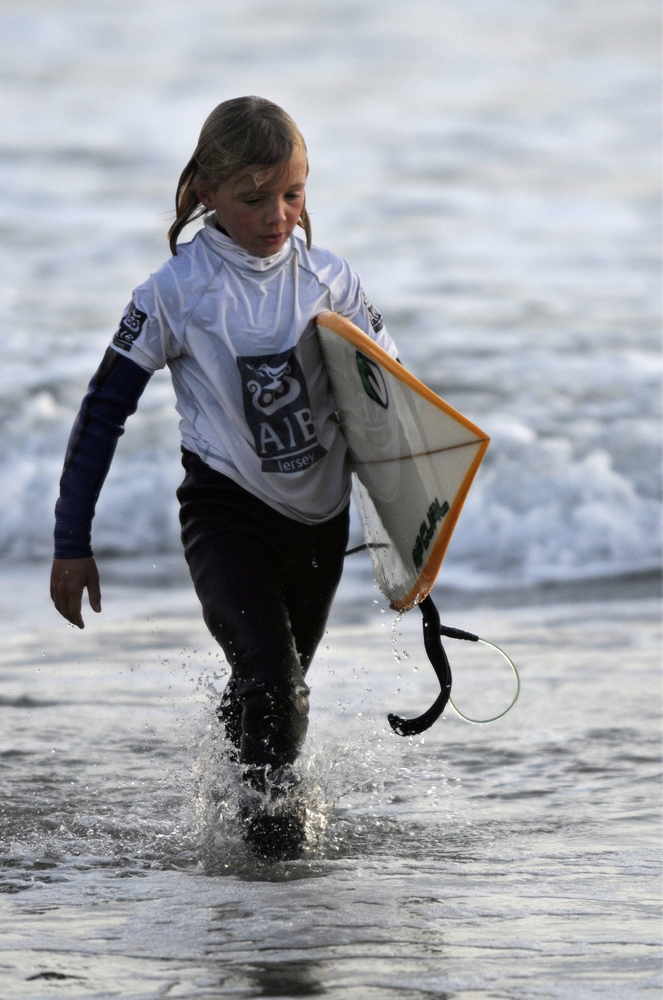
In 2013, aged 15, he used his paddle board to tow another surfer who had got stuck in a rip current to safety.
During the latest incident Aaron, who had been paddle boarding, saw that the surfer had got himself caught in the rip-tide.
The Highlands student said: ‘I saw this guy in the rip in front of El Tico. I was at Le Braye.
‘He was paddling against it instead of to the side and he was not getting anywhere.
‘I started paddling towards him and he started waving his hand at me.
‘I tried to paddle next to him.
‘He paddled a bit but we weren’t really going anywhere, it was a bit slow so I gave him my leash and pulled him in.’
Nigel Wray, owner of The Line Up food van in the bay, watched the rescue unfold.
He said: ‘We saw a surfer in the rip. He could not get out.
‘He was not really experienced by the way he was trying to paddle through it.
‘He was just going backwards. We watched him until he put his hands in the air and started waving for help so we phoned the Coastguard.
‘In the meantime I noticed someone paddle to him to go rescue him.
To thank Aaron for his heroics Mr Wray gave him his favourite meal from The Line Up for free – a spicy chicken baguette and a Nutella pancake.
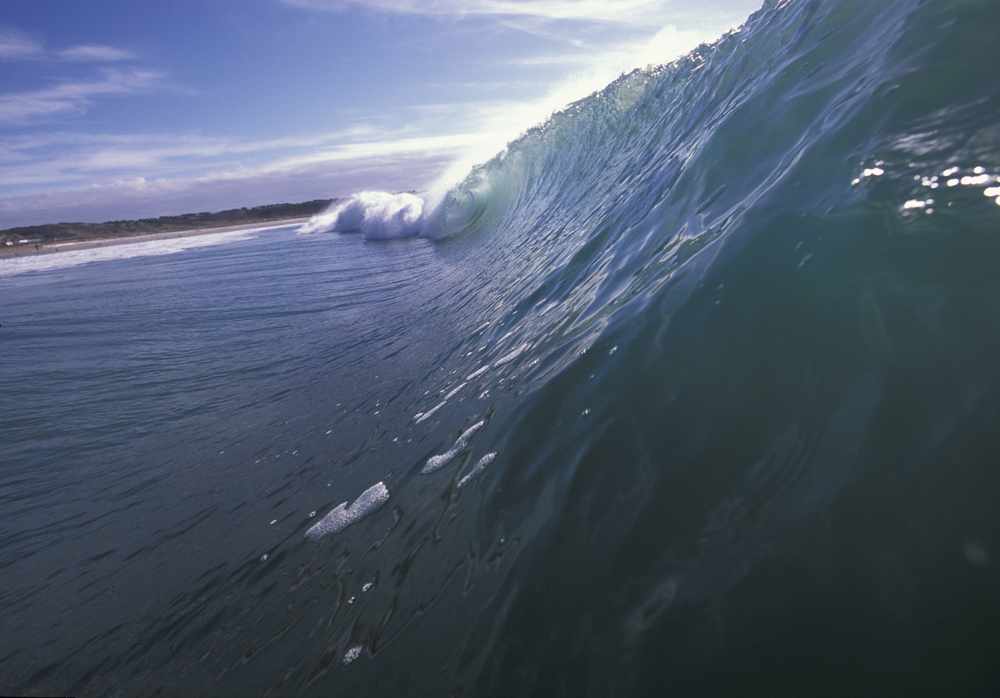
- A rip current forms because breaking waves push water towards the land.
- Water that has been pushed up near the beach flows together (as feeder currents), and this water finds a place where it can flow back out to sea.
- The water then flows out at a right angle to the beach in a tight current called the neck of the rip, where the flow is most rapid.
- When the water in the rip current reaches outside of the lines of breaking waves, the flow loses power, and dissipates in what is known as the head of the rip.
- Sometimes tendrils of left-over current then actually curve back towards the shore.
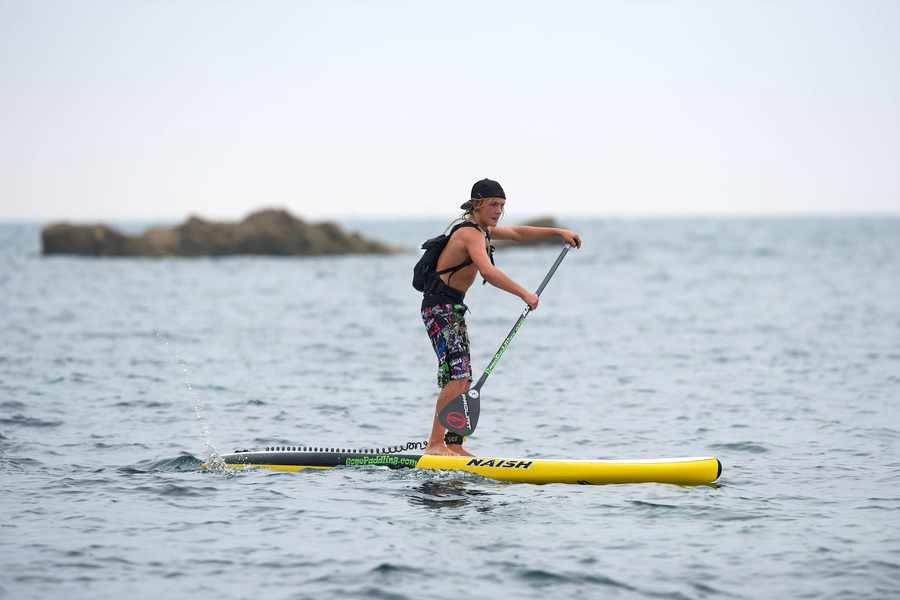
AARON was previously hailed a hero in February 2013 when he rescued an exhausted surfer who got stuck in a rip current in St Ouen’s Bay.
At the time he was 15-years-old and was the British under-16 stand-up paddlesurf champion.
He rescued the surfer, who was battling against a rip and offshore wind a couple of hundred metres from the beach at Le Port.
He was already in the water on his paddleboard when he saw a ‘head bobbing up and down’ in the sunlight and so paddled over to see if the surfer needed help.
Speaking at the time, the teen said: ‘He said he was stuck and he looked pretty tired.
‘I gave him my leash and paddled in. I had to lie down and paddle and I didn’t feel I was moving for a bit.’
Gary Smith, a surfer and paddleboarder who happened to be watching from the shore, said at the time: ‘The surfer had been out there 20 or 25 minutes and was quite obviously in trouble. There was a lot of splashing going on.
‘At the last minute Aaron spied the surfer and headed towards him. He did well to pull him in against quite a strong offshore breeze.’
Aaron, who was born in Gloucester and is a pupil at Les Quennevais School, is a member of the Jersey Aquatic Rescue Club, which teaches lifeguarding skills.’
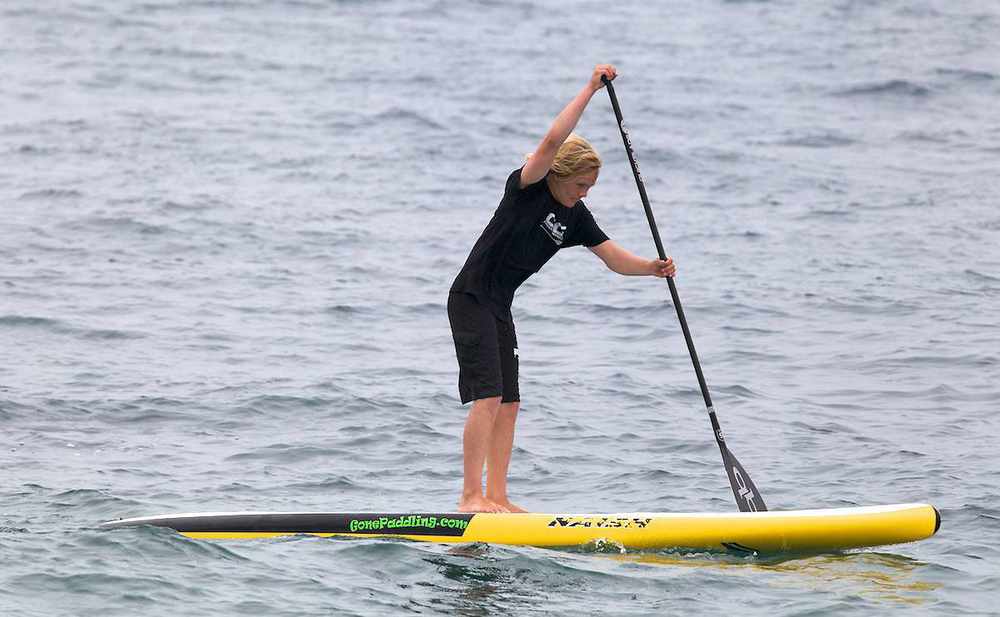
- Rip currents, or rip tides, can occur at any beach where there are breaking waves.
- Rip currents can be hazardous to people who are in the water. Swimmers or floaters who are caught in a rip and who do not understand what is going on may not have the necessary water skills, may panic, or may exhaust themselves by trying to swim directly against the flow of water.
- As a result, rips are the leading cause of rescues by lifeguards at beaches (80 per cent), and in the US are responsible for an average of 46 drowning deaths a year.
- A rip current cannot pull a person vertically down and hold them under the water surface it simply carries floating objects, including people, to an area outside the zone of the breaking waves.
- Rip currents typically flow at 0.5 metres per second (one or two feet per second), but they can be as fast as 2.5 metres per second (eight feet per second), which is faster than any human can swim.
- Most rip current are fairly narrow, and even the widest rip currents are not very wide. Swimmers can easily exit the rip by swimming just a few strokes at a right angle to the flow, parallel to the beach. Swimmers who are unaware of this fact may exhaust themselves trying unsuccessfully to swim against the flow. The pull of the current also fades out completely at the head of the rip, outside the zone of the breaking waves, so there is a definite limit to how far the swimmer will be taken out to sea by the flow of a rip current.
- In a rip current, death by drowning occurs when a person has limited water skills, or panics, or persists in trying to swim to shore against a strong rip current, thus eventually becoming exhausted.

